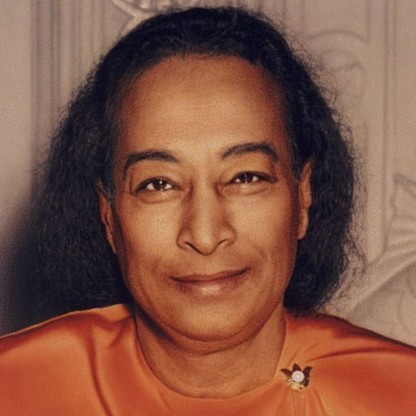Taking this as a clue, Bhaktivinoda conducted a thorough, painstaking investigation of the site, by consulting old geographical maps matched against scriptural and Verbal accounts, and eventually came to a conclusion that the village of Ballaldighi was formerly known as Mayapur, confirmed in Bhakti-ratnakara as the actual birth site of Chaitanya. He soon acquired a property in Surabhi-kunj near Mayapur to oversee the temple construction at Yogapith, Chaitanya's birthplace. For this purpose he organized, via Sajjana-tosani and special festivals, as well as personal acquaintances, a massive and hugely successful fundraising effort among the people of Bengal and beyond. Noted Bengali Journalist Sisir Kumar Ghosh (1840-1911) commended Bhaktivinoda for the discovery and hailed him as "the seventh goswami" – a reference to the Six Goswamis, renowned medieval Gaudiya Vaisnava Ascetics and close associates of Chaitanya who had authored many of the school's texts and discovered places of Krishna's pastimes in Vrindavan.









